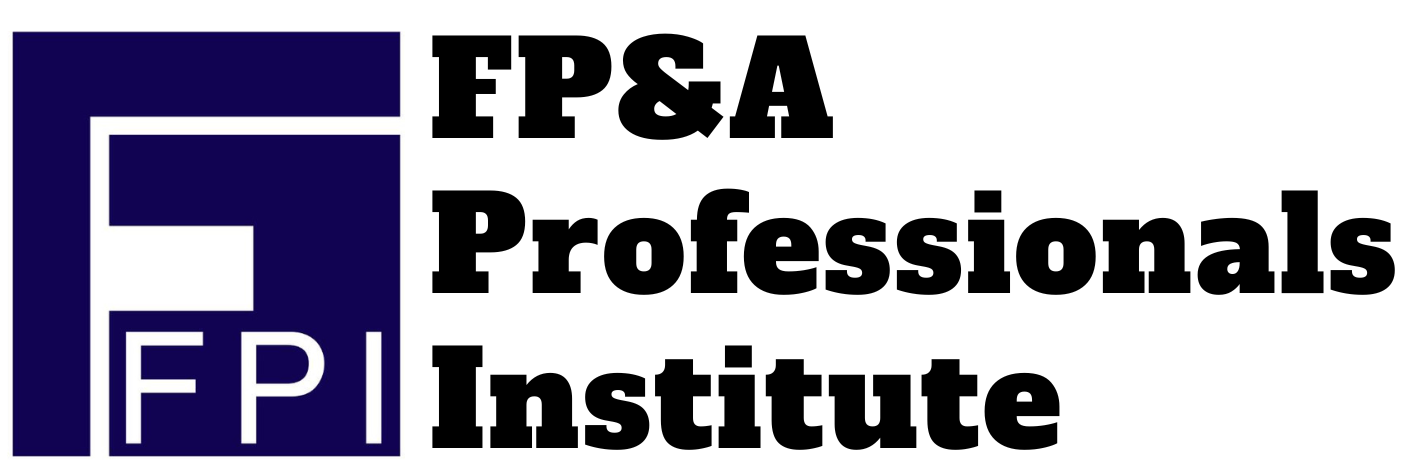
Financial Planning & Analysis (FP&A) is a critical function in any organization. It provides the data, insights, and analysis needed to make informed business decisions. For FP&A professionals, managing their day-to-day tasks can be challenging. To stay organized and on top of all their responsibilities, they need an effective monthly calendar system.
This guide will provide a comprehensive overview of how to create and use a typical FP&A monthly calendar for optimal productivity.
In this discussion, we will explain the significance of having an FP&A calendar, what it should contain, and how to keep it updated for optimum efficiency in your role as an FP&A professional.
Why is it important to have an FP&A Calendar?
Having a well-defined calendar enables the team to anticipate upcoming tasks, plan ahead, and allocate resources effectively in order to optimize performance.
It also helps to track the tasks and plan for upcoming deadlines.
A Typical FP&A Calendar

WEEK 1: ACCOUNTING CLOSE AND MANAGEMENT REPORTS
-
FLASH REPORTS (For Key Revenues Expenses)
-
Brief summary of financial data and key performance indicators (KPIs) that provides a snapshot of a company’s financial health and performance.
-
Covers a specific period, a day, week, or month, and is prepared quickly to provide timely insights.
-
Focuses on the most critical information and highlights any significant changes or trends.
-
A way to keep decision-makers updated on the financial performance and enable them to make informed decisions based on the current state of the business.
2. MONTH CLOSE AND ACCOUNTING REVIEWS
-
Month close: Ensure that all financial transactions for that period are recorded accurately and completely.
-
FP&A assists the Accounting team in a smooth month-end close.
-
BVA stands for Budget Variance Analysis and helps assess how well the company’s actual financial results align with the budgeted expectations.
-
It involves comparing the budgeted revenues, expenses, and other financial metrics with the actual figures and analyzing the variances.
-
Focuses on the most critical information and highlights any significant changes or trends.
3. MONTH END REPORTING PACKS with COMMENTARIES

-
Comprehensive summaries of a company’s financial performance at the end of each month.
-
Detailed overview of the company’s financial performance, key metrics, and other relevant information for that particular month.
-
Typically distributed to senior management, to keep them informed about the financial health of the organization.
-
The actual results from last month are compared to both the budget and the most up-to-date forecast.
-
Variance analysis, commentary, and business recommendations.
4. QUARTER END REPORTS / QUARTERLY BUSINESS REVIEW DECK

-
Discuss Highlights, Lowlights and Key Learnings from the previous quarter.
-
Provide a detailed overview of Significant Risks, Opportunities, Action Plan, OKRs or Targets and Forecast for next quarter
-
Identify adjustments that need to be made in the next quarter based on previous quarters’ performance.
To summarize during the first week, our main focus lies on Accounting Close and Management Reports. It covers Flash reports, month close and accounting reviews, month-end reporting packs with commentaries, and quarter-end reports. In the next article, we’ll continue with Week 2, exploring more essential FP&A activities to optimize performance.
